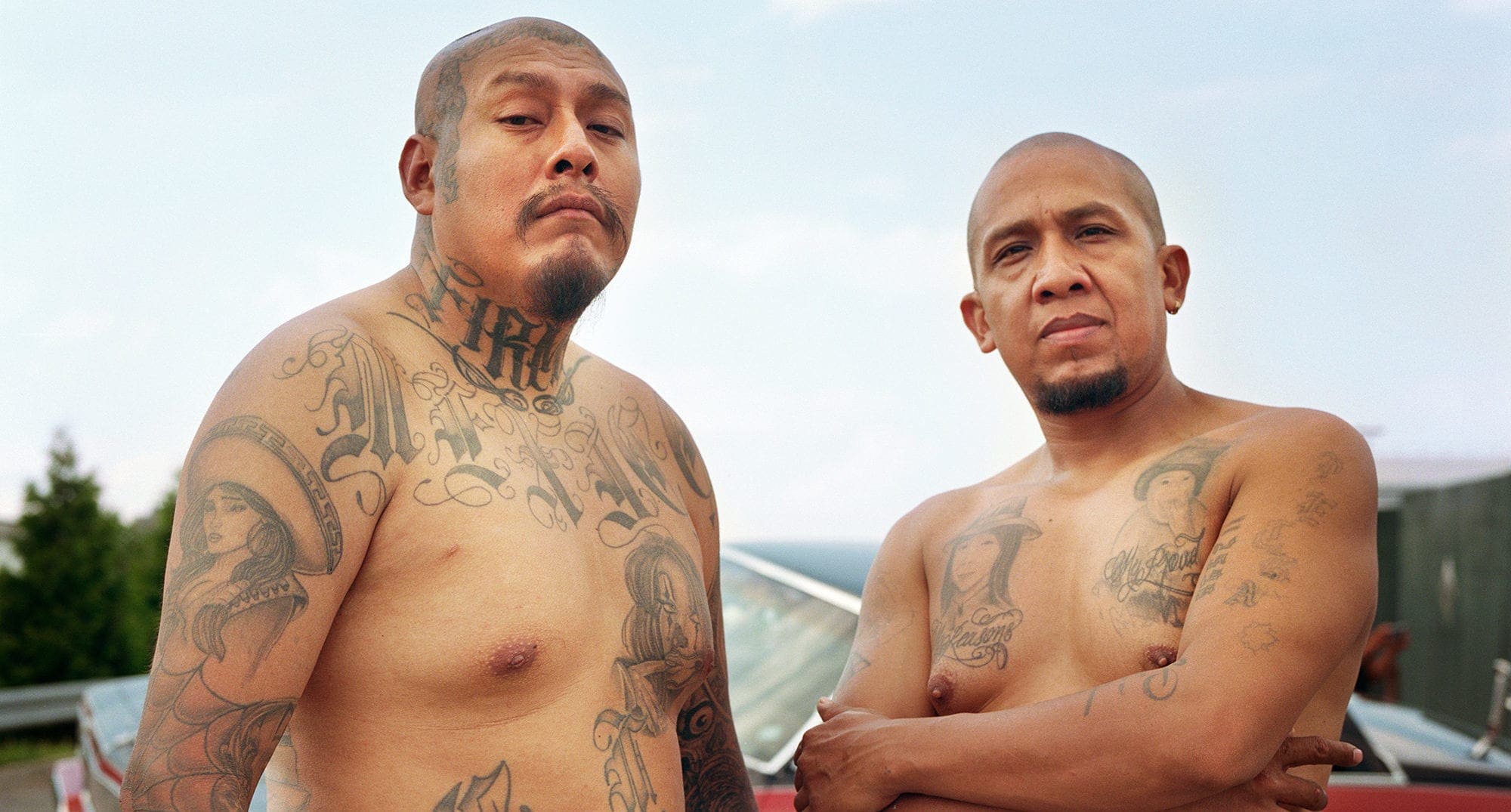
Owen, tell us about your Ground Clearance series…
The series began as a general interest in the lowriding subculture, which manifested from a love of hip-hop. When I was young I loved a lot of rap music that my older brother introduced me to and was attracted to how different it felt to my life growing up in Watford. The whole lifestyle was alien to me and I wanted to find out more, so I decided to pack a suitcase and fly to America to explore further.
How long did you spend on this project overall?
I stayed in America for three months in 2016. It was quite an intense first trip and I shot a lot of images. Most of them weren’t worth much, but when I reached the last month I realised that the interesting shots had a sense of mystery and offered questions, rather than answers. After my initial trip, I travelled back and forth from the UK a further five times for various periods of time. Like the majority of my work, it’s still ongoing.
Are you able to select a single photo from the series and tell us the story behind it?
That’s a hard one to choose as different images speak to me in different ways. I do love the shot of Andreas and Dyablo though. I’d met them the day before at a fish fry BBQ and was due to fly home in two days time from that particular trip. When I met them, I asked if it would be possible to arrange a shoot the following day and they kindly agreed.
We shot the images in the Bronx and I love the intensity and confidence in their poses. They have a tough exterior, but they were very giving of their time, and supportive of what I was trying to achieve. I like how they’re standing together as well; there’s a sense of brotherhood there. I’m often drawn to images that have a softness and a toughness to them at the same time, and I think this image holds that for me.
How did you get involved in photography and who or what inspired you to do so?
I was playing music for a long period of time, so I was always around photography. I was first aware of what images could mean and how they could make me feel after seeing the images by Ethan Russell, shot for the vinyl cover and inlay of Quadrophenia. Those images really inspired me to pick up a camera and gave me an alternative to music and another way to have a voice.
Once I started taking pictures I fell in love with the whole process. From there I was inspired by so much photography, film, music and that all has an effect on the way I try to approach photography.
Your work so far has centred around subcultures, mostly in the UK. What is it about subcultures that interests you?
Subcultures have always been a part of my life in one way or another. I see that need for belonging in the people I photograph and that resonates with me. I’m interested in the idea of uniform and what that tells me about the individual wearing it. I’m also interested in the heritage of it all, the passion, and I enjoy the feeling of coming in as an outsider and exploring.
Subcultures can be notoriously closed off to outsiders. What was your experience of documenting the Lunatic Lowriders?
The Lunatic Lowriders were one club that I documented as part of my series Ground Clearance. There was also Firmes CC and Chicanos CC. Lunatic Lowriders were the first group that I had contact with and I think were quite happy that I’d flown from the UK to America to photograph them.
My intentions are always very honest when I make a photographic series, so I explain what I’m interested in, and why, and usually people are quite willing to be photographed. Most of my work is celebratory of the people in the images and I feel that comes across.
What’s your creative process like? How much of your projects are pre-planned and how much is down to chance and just seeing what happens?
Most of them are preplanned. I usually need a focus or starting point and this usually comes from some research, or seeing something in every day life that inspires or connects with me. From there I’ll explore how it works photographically, and then how much depth I feel it has determines how long I stick with the subject.
You can see more of Owen Harvey’s work here.




